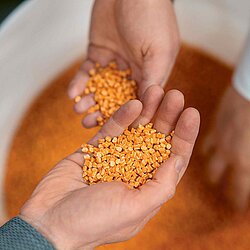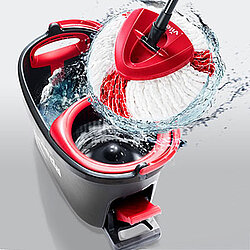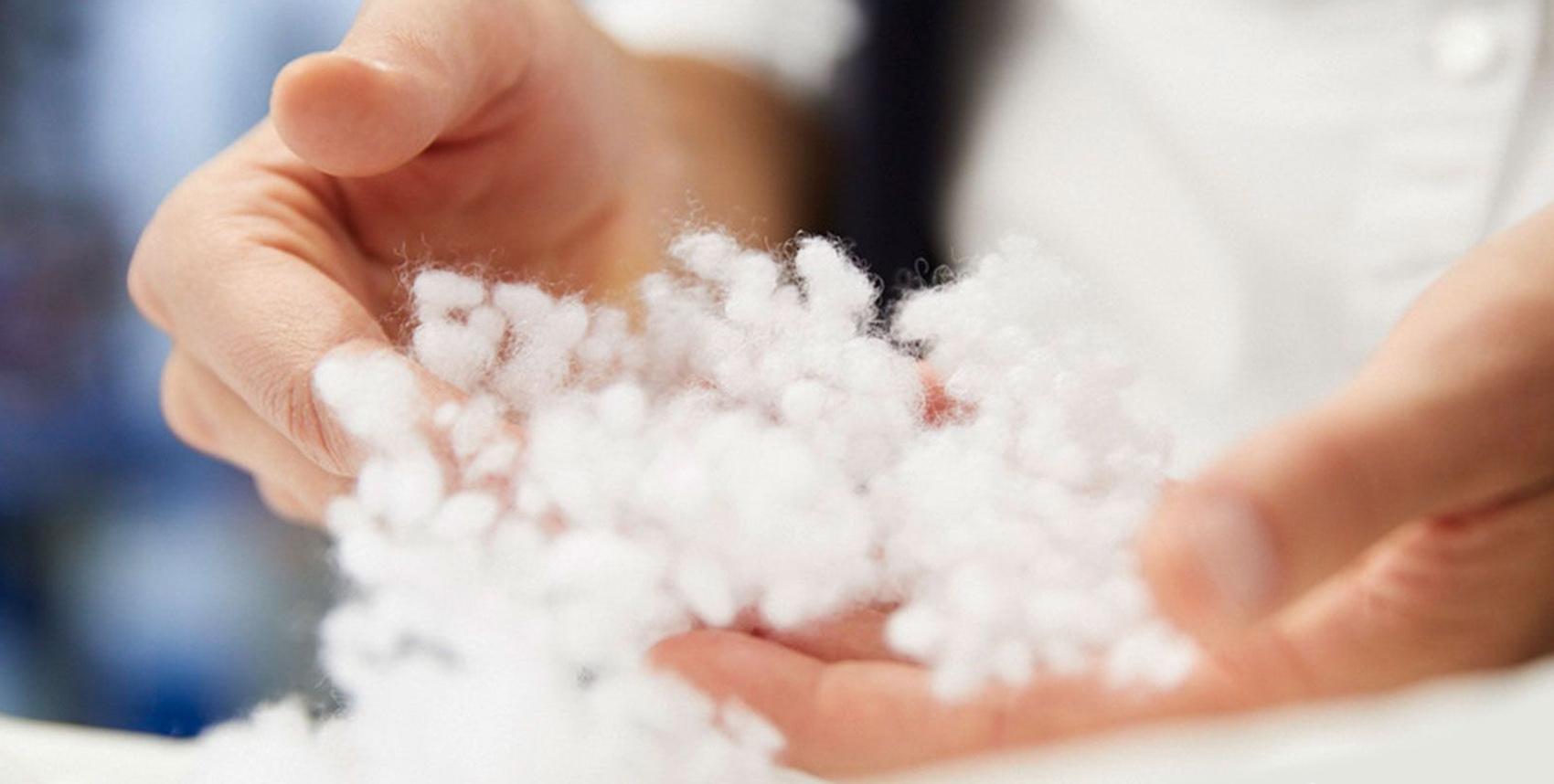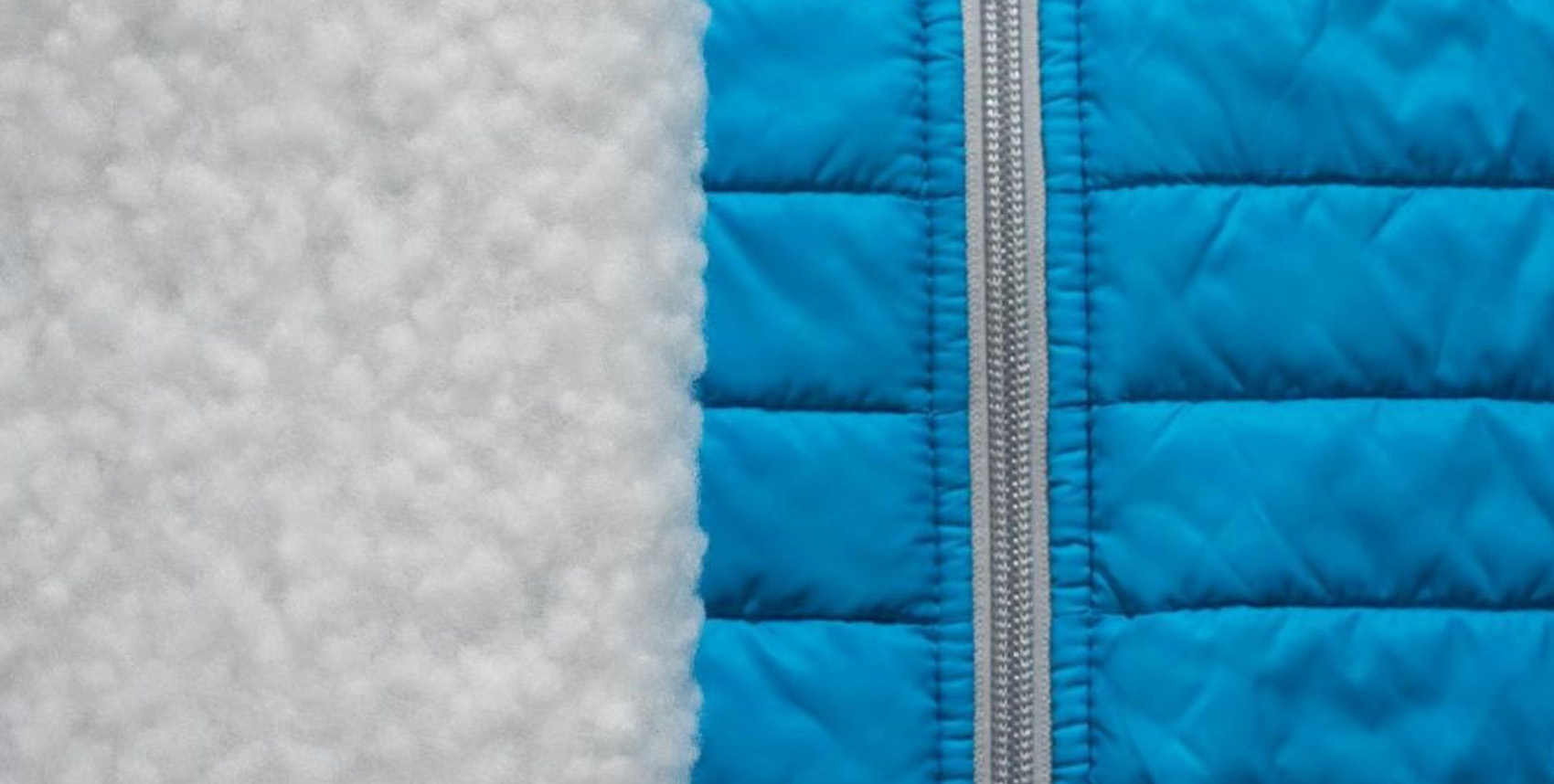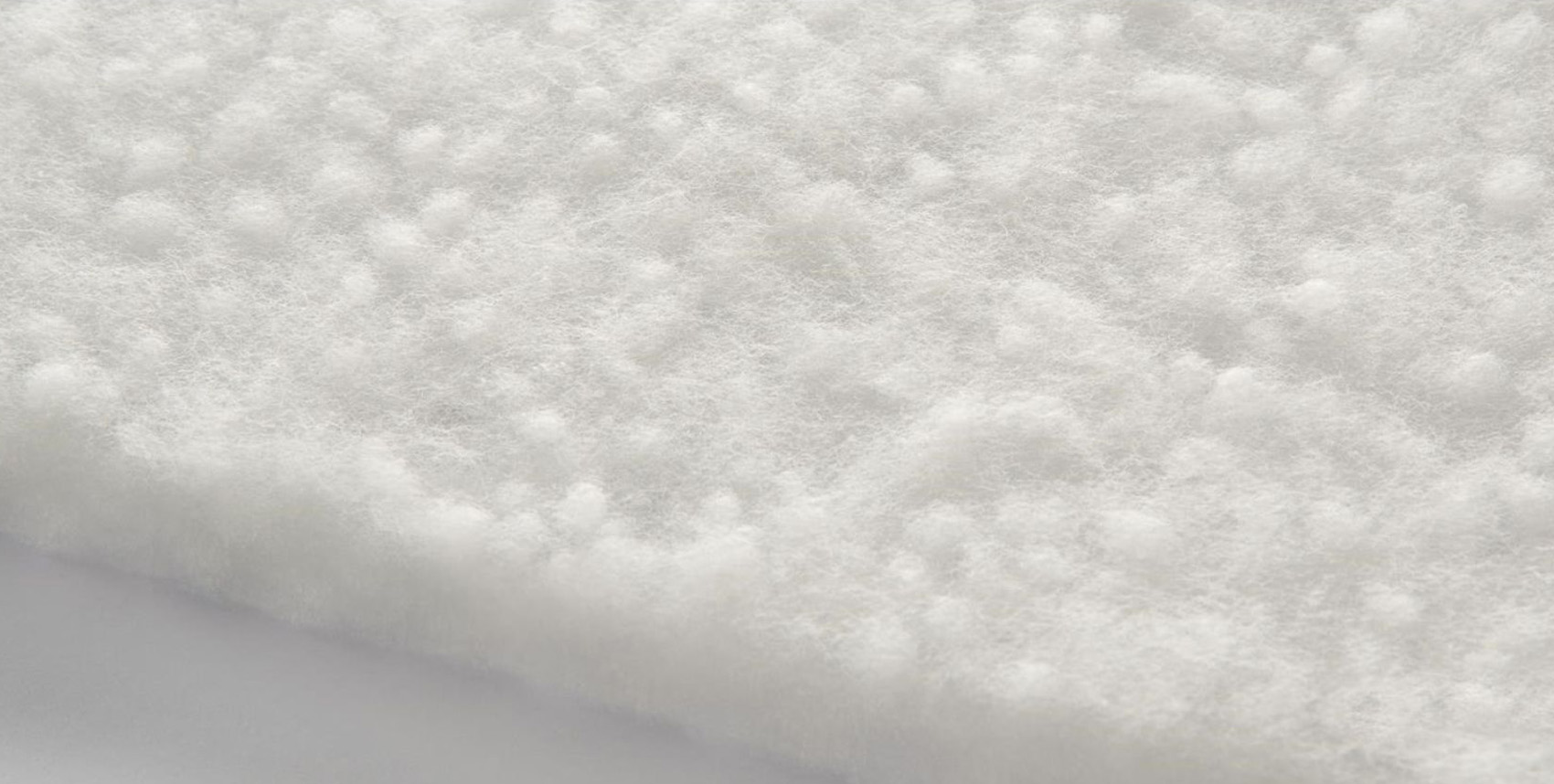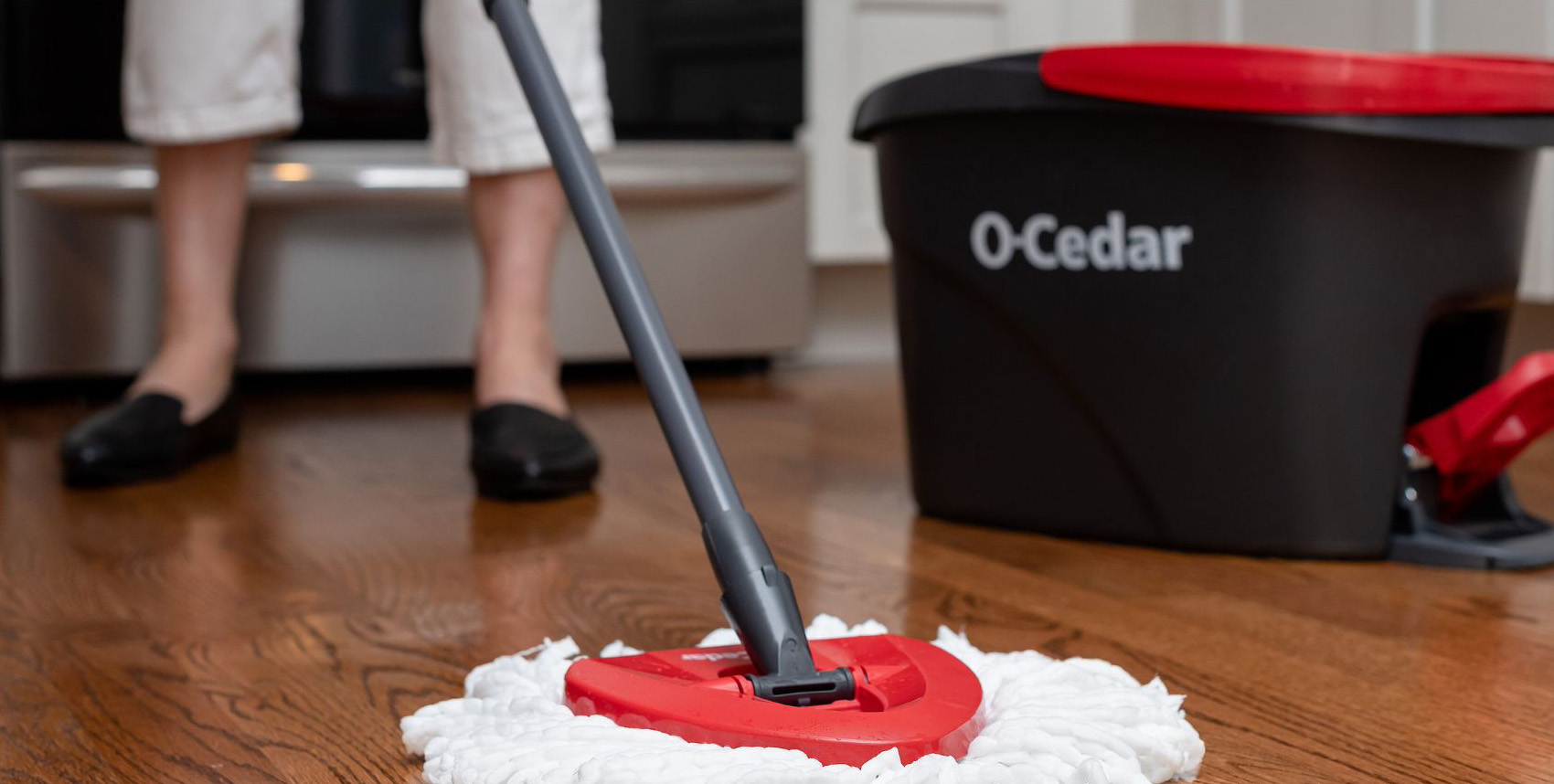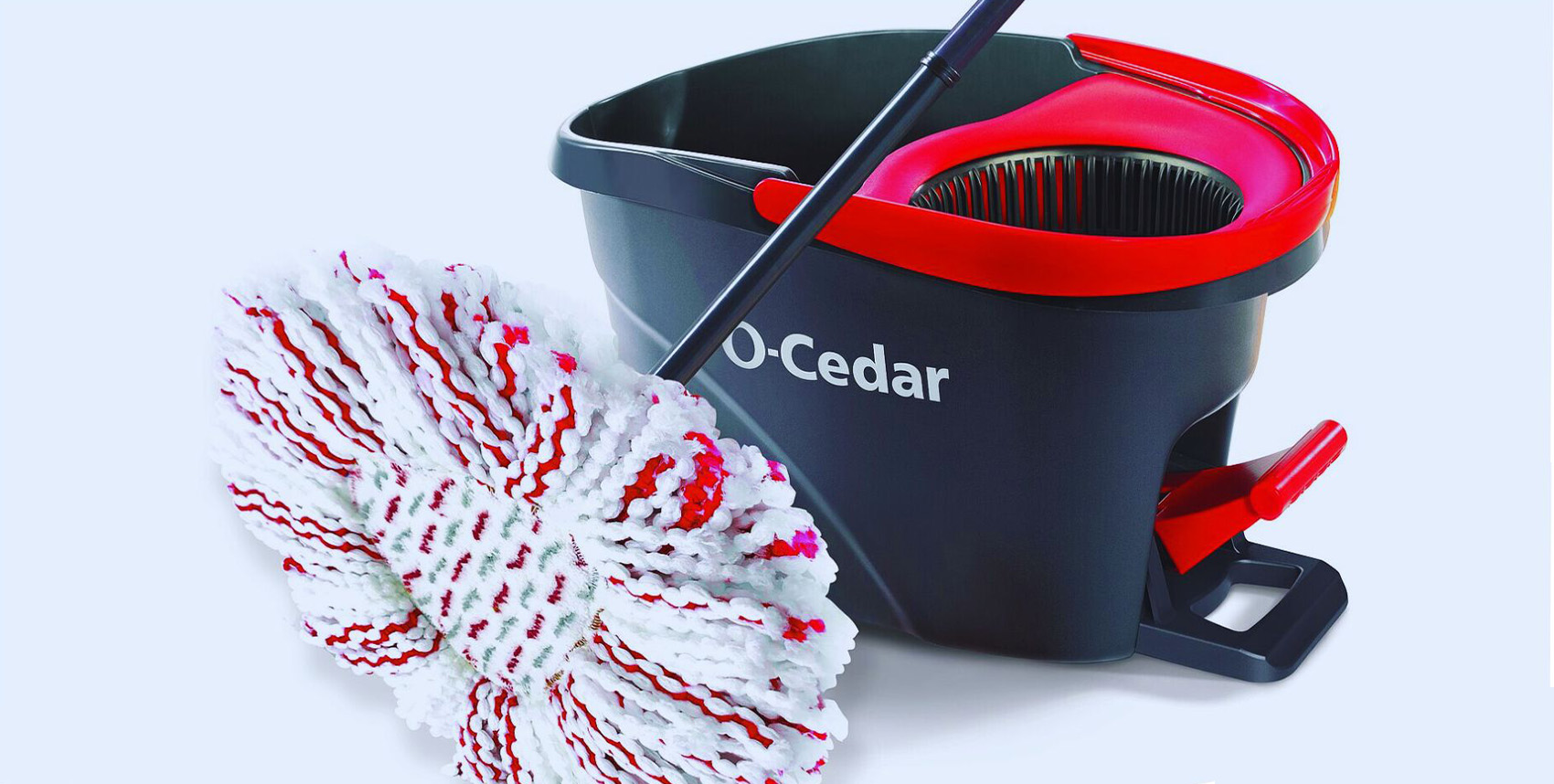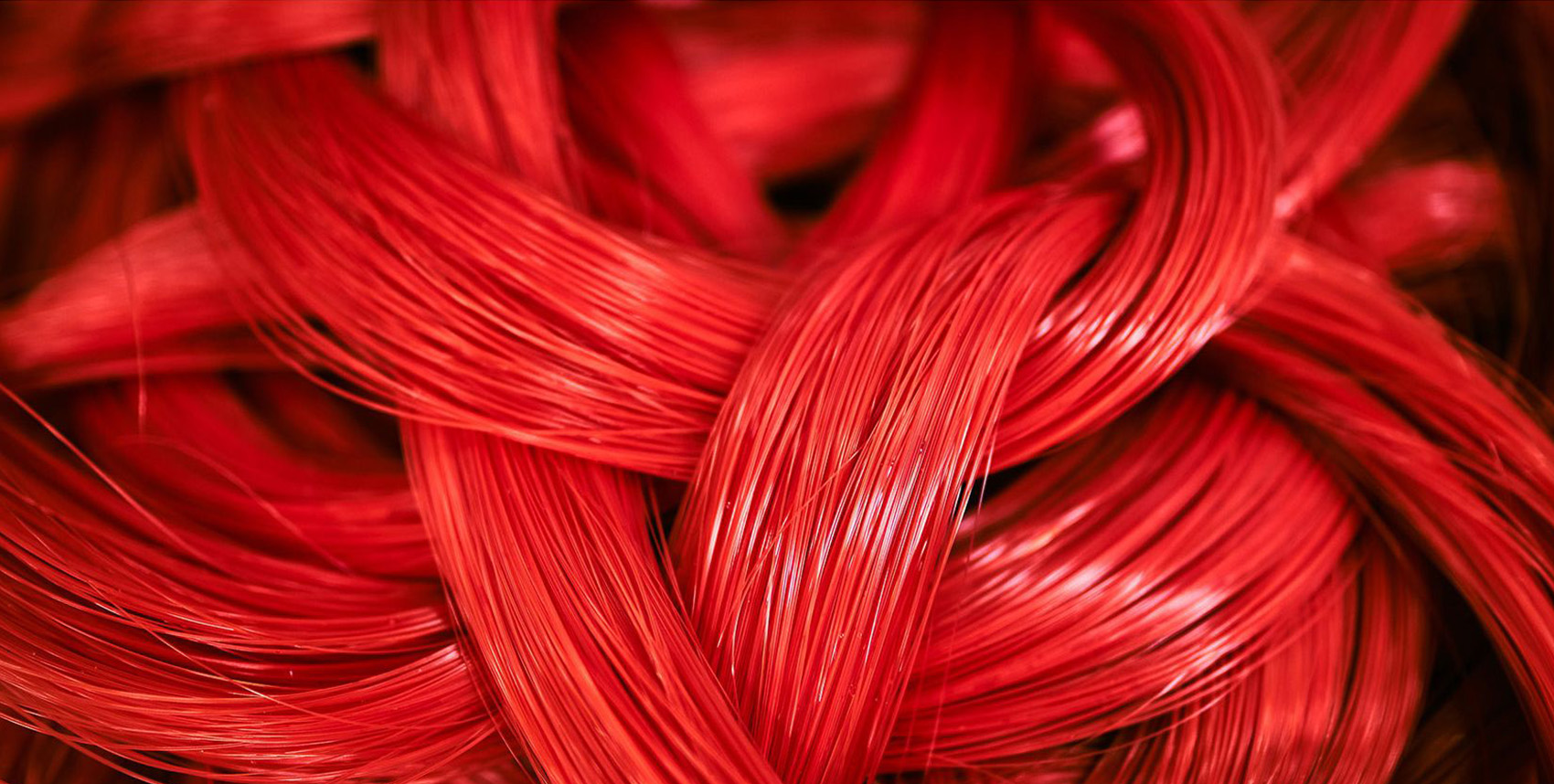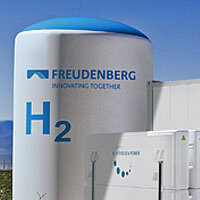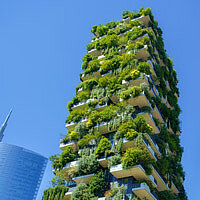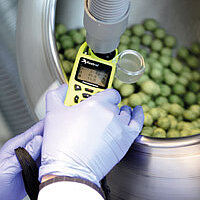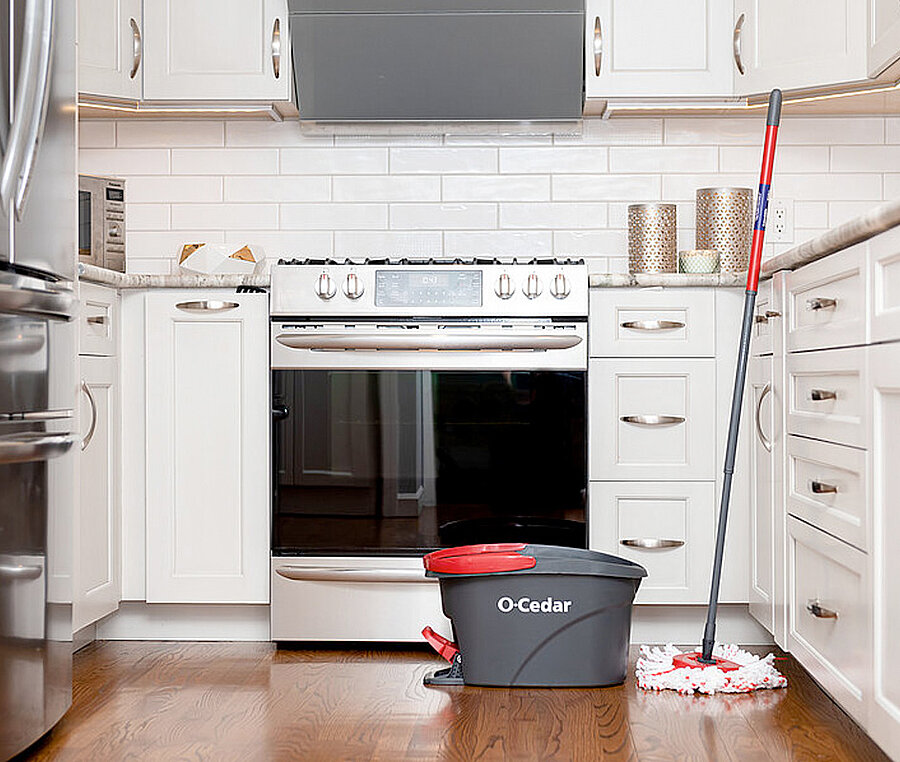
enhancing the quality of life
How we make life easier
Focused on improving daily life, we offer innovative solutions that enhance comfort and convenience. From technical textiles to advanced cleaning devices that simplify home maintenance, our products are designed to improve your everyday living. Discover how we are making life more comfortable with our commitment to quality and innovation.
Quantix® ULTRA sets new standards in safety
REVOLUTIONARY FLAME PROTECTION FOR E-MOBILITY

When batteries overheat, every second counts. With Quantix® ULTRA, Freudenberg Sealing Technologies has developed a high-performance plastic that withstands temperatures as high as 1200 °C (2192°F) for more than 30 minutes — without melting or combusting. With this product, Freudenberg is showing its material competence and contributes to a significant improvement of fire protection in e-mobility.
A new class of material
Quantix® ULTRA is a hybrid of cross-linked thermosets and non-cross-linked thermoplastics. This new class of material retains its shape even under extreme conditions. A patented in-line process enables the polymer chains to crosslink directly during injection molding. The material can be transformed into complex 3D shapes, and the process eliminates an additional production step — saving time, costs, and emissions.
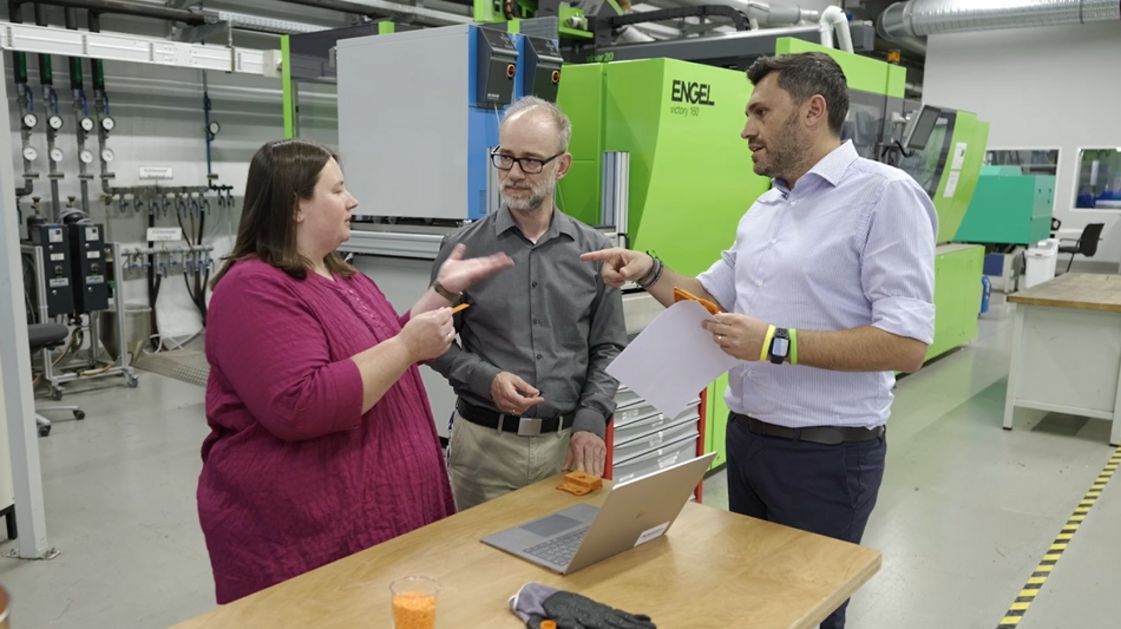
Proven in testing, ready for production
Quantix® ULTRA is significantly more resistant than aluminum and many other thermoplastics that are specially equipped for flame protection. Following successful flame and battery tests, the material is already in series production.
Versatile use
What began in e-mobility has the potential to transform many other industries. Quantix® ULTRA is suitable wherever flame resistance and lightweight constructions are required — including renewable energy and aerospace sectors.
Fact of the day
1200 °C (2192°F) – for more than 30 minutes:
That’s how long Quantix® ULTRA withstands the flame.
Explore our Business Group

Developing new materials with machine learning
The development of new materials is full of challenges: It often takes years and requires sophisticated methods and testing. Artificial intelligence could change that.
Machine learning is a branch of AI. It has already been used successfully in material development at Freudenberg Technology Innovation (FTI). A broad-based team of about 10 Freudenberg experts is using the new methods to delve into materials-related questions from the Business Groups. Several Freudenberg Group strategic projects are now dealing with the implementation of other AI- and simulation-supported methods. The goal: to accelerate the development of materials and optimize their characteristics profile for future use. This cuts costs and shrinks ecological footprints.
What happens to a seal’s hardness and its damping characteristics if the recipe for a product is changed?
How can a material improve frictional behavior?
What other raw material helps to increase a product’s durability?
Machine learning programs save time and cut down on routine work.
Ansgar Komp
Director, Fundamental Sciences, Freudenberg Technology Innovation
It once took several years of work and hundreds of lab tests and evaluations to answer these questions. “The process is faster and more efficient with machine learning. It saves time and cuts down on routine work,” said Ansgar Komp, Director, Fundamental Sciences at FTI. “First of all, the quality and availability of data is crucial. That means we capture the relevant lab data in a structured way. Then we apply the modern mathematical methods of artificial intelligence, which generate good proposals with just a few test series.” Experts with wide-ranging competencies in the simulation of materials and product characteristics help to ensure there are fewer “surprises” during the testing of new components. That has made it possible to develop the new Quantix Ultra class of materials efficiently, for example, Komp said.
One typical challenge in material development has been the limited availability of key materials during the pandemic. “That means that a good recipe has to be produced with another raw material without affecting its material characteristics,” he added. “Here the use of machine learning is helpful and makes a lot of sense. It is a way to achieve the goal more quickly and with less waste.”
Freudenberg forges ahead with AI methods
The Freudenberg group is expanding the use of AI-and simulation supported methods strategically. One example: The goal of the “Material Informatics” project is to make data-driven material development more efficient. Here the focus is on the development of elastomers, polymers and formulas for use in high-growth fields such as fuel cells. This requires the use of technologies that are fed test results from new characterization methods. “In this way, we can predict how a material functions, how it behaves,” said Dr. Harald Ehrentraut, Scientific Director, Fluid Dynamics at FTI. “These assessments from beyond our empirical world move us forward. We are encountering new material combinations that we never considered.”
Another project, “Advanced Data Management,” deals with aspects of systematic and structured value creation using data. “In any project that uses data elements as sources of information, it takes time and effort to make them available and structure them,” said Dr. Corinna Hehlmann, Head of Data Analytics. “High-level data management accelerates this step.” Simulation methods also make it easier for product developers to forecast characteristics easier. In the “Macroscopic Simulation” project, component characteristics such as frictional behavior are explored about operating conditions and the materials used. The characteristics are understood all the way from the atomic level to the component.
Development of new thinking
“We are working to turn the classic approach to development on its head. Instead of working painstakingly step-by-step toward the desired characteristics with test series, we will specify the characteristics profile and then propose materials with the help of simulations and AI methods. The best proposals will still be produced and investigated conventionally in the lab,” Komp said. “The advantage is that the entire development chain becomes more efficient.”
When we use data elements as a source of information, it takes time and effort to make them available and structure them.
Dr. Corinna Hehlmann
Head of Data Analytics, Freudenberg Technology Innovation
Artificial intelligence is a branch of information science.
It imitates human cognitive capabilities by identifying and organizing information emerging from data inputs. Artificial intelligence can be based on programmed processes or generated with machine learning. The availability of large volumes of data and high-level computing power are required for these complex calculations. In the machine-learning process, an algorithm learns to perform a task independently through repetition.
Padding the future: Recycled and biodegradable materials by Freudenberg Performance Materials
The fashion industry is heading toward a more sustainable future as customers become increasingly aware of the environmental impact of low-quality clothes.
When made from synthetic fibers, fast fashion can create problems at landfills. The production process itself is also an environmental risk factor but natural fibers are not always an ideal alternative. Plant-derived materials use a lot of water and are mostly grown in monocultures. Animal-derived materials also need a lot of resources and can be harmful to the animals. As the fashion industry seeks alternatives, Freudenberg Performance Materials is offering a solution with materials made from recycled or biodegradable fibers.

Freudenberg's sustainability innovations range from biodegradable nonwovens to organic and recycled interlining.
An example comes from a collaboration with the clothing brand Napapijri, a company committed to producing sustainably manufactured high-performance garments.
It took four years to develop a sustainable padding exceeding the demands of the customers, which has won several awards.
With more than 70 years of experience, Freudenberg Performance Materials is driving change for people, animals, and the environment with recycled or biodegradable materials that offer the utmost comfort as our paddings combine performance and sustainability.
Learn more about our contributions to sustainable apparel on our House of Sustainability website.
Our sustainability innovations range from biodegradable nonwovens to organic and recycled interlining, and our experts continue to develop more sustainable textile solutions.

Smarter cleaning solutions with O-Cedar
O-Cedar takes pride in its consumer-centric approach. We believe a home only feels like home when it’s clean.
In our product development, the consumer’s insights play a major role in creating high-quality, durable, and user-friendly products that help in cleaning their homes as easily and efficiently as possible. Thus, it is essential for our product developers to gain a deep understanding of consumers’ daily habits and cleaning needs during the innovation process.
Together for the consumer
The collaboration between O-Cedar and Freudenberg contributes to O-Cedar’s commitment to creating a better world for future generations by providing customers with more sustainable solutions.
By employing a design-thinking approach, researchers work closely with users of cleaning and household products to collaborate and develop new product ideas. This consumer-centric mindset is central to many O-Cedar innovations. For instance, our spin mops allow users to avoid bending down and touching dirty water.
Freudenberg’s presence extends throughout people’s homes: our materials, seals, and even food colorings make everyday life more comfortable and sustainable.
